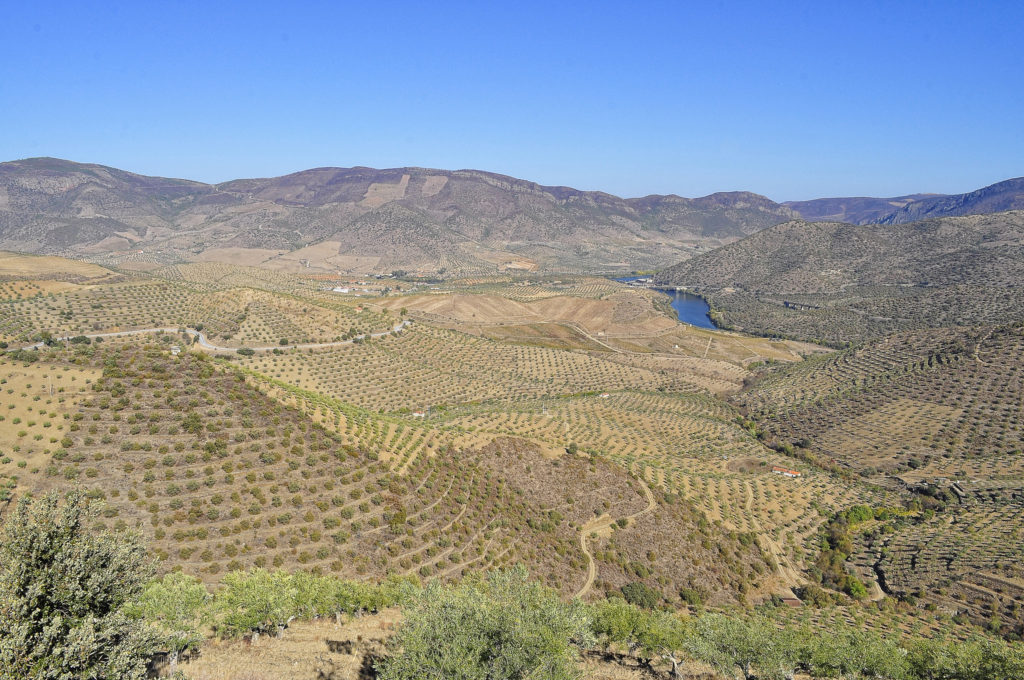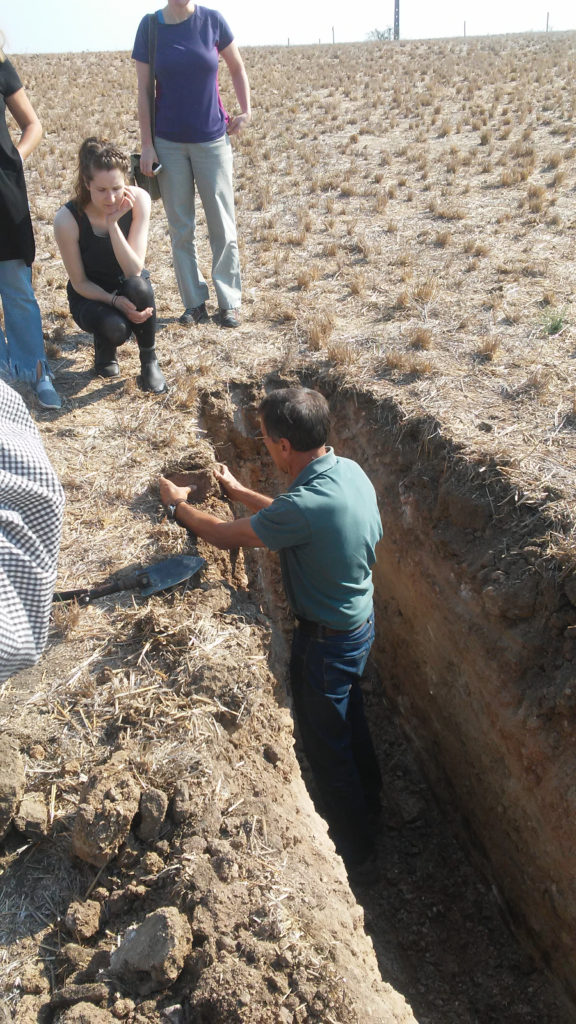
Scientists Seek a Global Solution to a Global Problem: Excess Reactive Nitrogen

Contributed by Tim Weinmann
It feeds the world, supports every single ecosystem, and makes life on Earth possible, yet it’s also responsible for some of the gravest environmental threats facing the world today. What is it? Reactive nitrogen, the once-rare element that builds the proteins in every living cell, and governs the growth of many ecosystems. Since 20th-century technologies first enabled humans to conjure reactive nitrogen from thin air (literally), synthetic fertilizer has allowed agriculture to keep pace with explosive population growth. But excess reactive nitrogen from a leaky agricultural system, as well as from combustion of fossil fuels, pollutes air, water, and soil, leading to unpredictable results, as ecosystems that evolved under a regime of nitrogen scarcity become saturated with it. Off-shore dead zones, red tides, algal blooms, and human health dangers like blue baby syndrome, all result from too much of an essential nutrient.
World governments, multinational corporations, and citizens of the world all have a stake in reversing the damage done by excess nitrogen, but they can’t act without good science to inform their decisions. That’s why an international group of nitrogen researchers met this October in Évora, Portugal, to work on creating an International Nitrogen Management System (INMS). The scientists travelled to this ancient city of the Roman Empire (as the Roman naturalist Pliny the Elder did, nearly 2,000 years before them) to take on a distinctly modern challenge. With most of the world participating in a single economy, where food and goods cross nearly every border, political or natural, environmental challenges are now global in nature. The INMS proposes a global solution.

These nitrogen specialists represent a diversity of scientific disciplines, from ecology to oceanography to atmospheric science and agricultural science, and a diversity of national origins. They travelled from the UK, the Netherlands, and Belgium, all over the European Union, including Portugal, as well as India (by teleconference), Japan, and China, the United States and Canada, plus a representative from Nigeria. Some of them are eminent in their fields—not me, mind you. I’m a lucky master’s student, who’d never been out of North America before, and I got to tag along because one of my advisors, Dr. Jill Baron, is co-heading a major component of the INMS. Meeting such great scientists would have been a heady enough experience for me, but add in the scale of the nitrogen problem, and the whole-Earth scope of the project, and attending the conference felt like living in a movie, or a dream.
But despite the cinematic quality of Évora, with its stone streets, medieval walls, and ancient cork oaks, this was real life, and real work. The INMS program aims to provide scientific guidance to government policy makers the world over, as well as to businesses and citizens, to increase nitrogen use efficiency and reduce reactive nitrogen pollution. The goal will be achieved through direct collaboration with stakeholders, recognizing that real barriers—political, cultural, economic—exist to changing farming and industrial practices. However, through the fusion of scientific understanding, emerging technology, and the know-how of practitioners on the ground, the INMS team will deliver to the United National Environmental Program an integrated strategy for managing our reactive nitrogen crisis.
To that end, the collaboration in Évora reached outside the scientific community to local farmers and ranchers from the rolling oak savannas that surround the old city. These growers produce pork and beef, world-famous cork, wheat, corn, and vegetables, all from dusty soils with an organic layer about as deep as a thumbnail is long. Their fields flood every winter, and whither under drought every summer. To make a living from the land, many use heavy doses of subsidized nitrogen fertilizers. One of the farmers, Nuno Marques, has been integrating scientific advice from the University of Évora with his own family’s many generations of farming experience. His tremendous success in growing his business while reducing his nitrogen footprint is an example of the co-benefits of sustainable nitrogen management. To solve the problem of excess nitrogen, this success will have to be replicated in many agricultural systems, and in many countries.
Luckily, Nuno’s experience, which he shared with the INMS scientists, holds promise. Nuno has taken up “conservation agriculture” methods, in his words, and over ten years more than doubled the organic matter content of his soil. Practices like no-till, rotational grazing, and ditching water-intensive corn for winter wheat have also vastly increased both the efficiency and profitability of his farm. The reductions in nitrogen fertilizer, tractor fuel, and water inputs to his system have not only benefitted Nuno’s land and finances, but also the environment of his country, which truly motivates him. “I want to protect water quality as a public service to the nation,” he told us.
The INMS scientists share the farmer’s spirit of service, as they embark on their years-long project to manage the nitrogen crisis. Eating dinners with these people for a week, I found their conversation inspirational—they talk about solving problems more than any people I’ve ever heard of. That desire to serve will be tested, as they embark on the task of building a collaboration across lines of scientific disciplines, political borders, and segments of societies. It won’t be easy for them, just as it wasn’t easy for Nuno. But the task of maintaining the benefits of reactive nitrogen for feeding the world, while minimizing the threats of nitrogen pollution to our air, soil, and water, is more than worth the effort. It’s essential.
Tim Weinmann is a first year Masters’ student in the Natural Resource Ecology Laboratory and the Graduate Degree Program in Ecology, co-advised by Dr. Jill Baron and Dr. Claudia Boot. Tim studies the effects of nitrogen additions on soil biogeochemistry in subalpine forests in Rocky Mountain National Park.
Connect with EcoPress on social media, like us on Facebook and follow us on Twitter, @nrel_science, for the more stories and news.